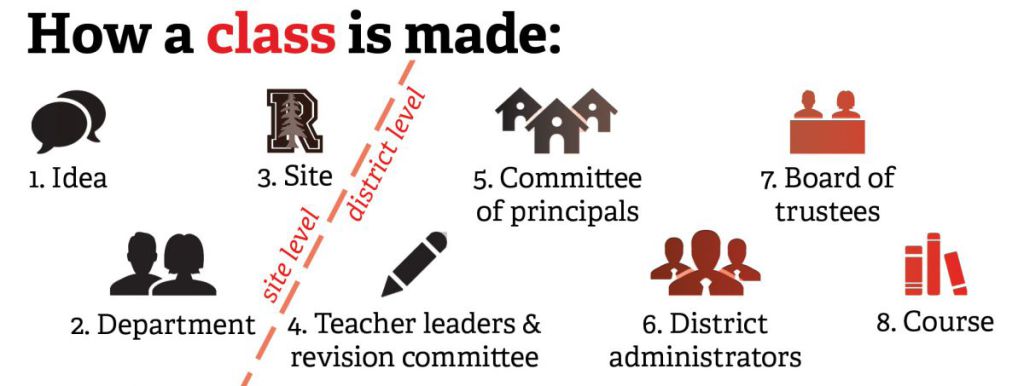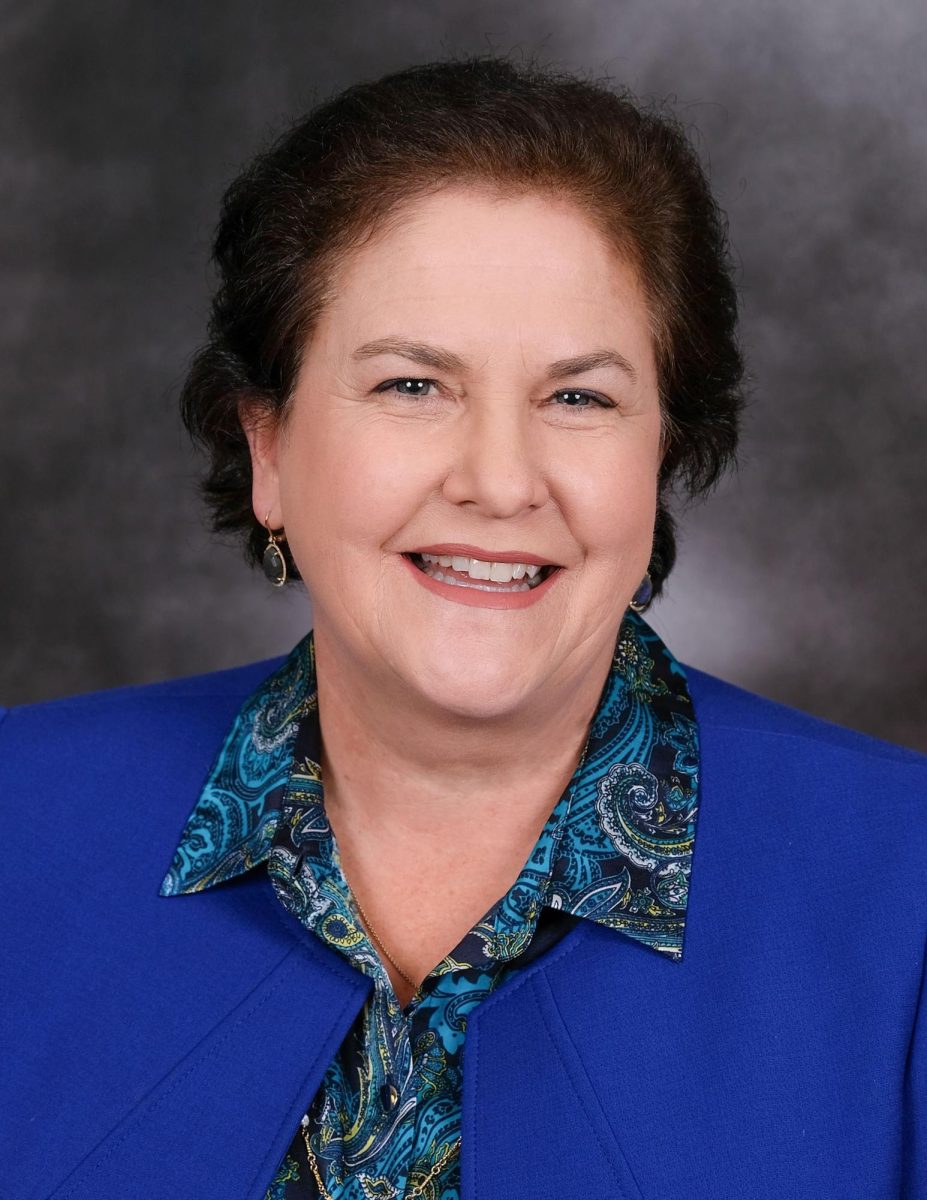
For some teachers, the beginning of the school year is about more than finding a new routine, learning new names, or adjusting to a new classroom. It’s about testing out new curriculum, and in the case of science teacher Joe Stewart, it’s about finally living out the vision of a class that he designed himself.
Sustainable Agriculture, a recently approved science elective, underwent a lengthy journey from idea to reality this past year. It endured the review and revision of multiple other teachers, principals, district officials, and the Board of Trustees.
Before presenting his idea to the science department and principal, Stewart had to clarify the idea for himself.
“I knew I wanted students to be very involved in hands-on work and important decision making. I wanted the class to be an ongoing learning project – running a sustainable farm,” Stewart said.
To get a better sense of student interest in the course, Stewart surveyed his AP Environmental Science and Ecology classes.
“I probably asked about 200 students altogether, and I assessed that there would certainly be a class of students and maybe some more,” Stewart said.
According to principal David Sondheim, a new class proposal must first be brought to the teacher leaders from each department at Redwood, known as the teacher leader group. Then the teacher leader of the department and the principal will create a written statement of support for the idea, which gets sent to the district department teacher leaders.
After much discussion and feedback, the teacher interested in creating the class will write a document called a Course of Study.
“[The Course of Study] describes everything from what the course is meant to cover, what the goals of the course are, what learning outcomes you want for the students, [to the] prerequisites and credits given [for the course],” Sondheim said.
A Course of Study sub-committee then reviews the document, where it can be revised many times.
After that, the district leadership team revises the document. This team consists of each of the high schools’ principals, as well as the superintendent and other instructional officials at the district level.
Finally, once the leadership team has reviewed the proposal, the Board of Trustees examines the idea and decides whether to approve it.
“The whole process itself was challenging because it was so long, there was a lot to do, and there was quite a bit of approval needed,” Stewart said. “There were so many different steps. It was hard making sure to get to all of the details.”
For teachers who wish to get their class UC approved as well, the process does not end after board approval. Sondheim said that the revision from the UC board can take up to six months, and Stewart said that he had to submit a 20-30 page document for review, though he’s known other teachers whose documents have exceeded 60 pages.
When springtime scheduling rolls around, it is the responsibility of the teacher to promote the new course so that at least 20 students sign up. Stewart said that he held an informational meeting to get the word out and talked to students in his science classes, as well as counselors, about the exciting components of the new class.
After one year of teaching the course, the teacher provides a reflection to the district subcommittee and the class is reevaluated, according to Sondheim. The curriculum can undergo more changes and revisions to improve the class for future years.
Despite the complexity of the process, Sondheim encourages students to propose new class ideas.
“If [students] are interested in getting a class started, I would recommend talking to the principal or the administrator in charge of that department,” Sondheim said. “I would talk to the teacher leader for that department, and then see if there’s a teacher who you know who you think might be interested in teaching [the course].”
A list of administrators and their respective departments can be found on the Redwood website. New classes are created approximately every one or two years, according to Sondheim.
Sustainable Agriculture received both CSU and UC approval as an elective course in the “g” category. Fifty-three students signed up for the class this year, forming a total of two sections.
Other newly created classes from the past 10 years include Mandarin, which is no longer taught, AP Spanish Literature and Culture, San Francisco Stories, Language of Humor, Street Law, and AP Biology, among others.





